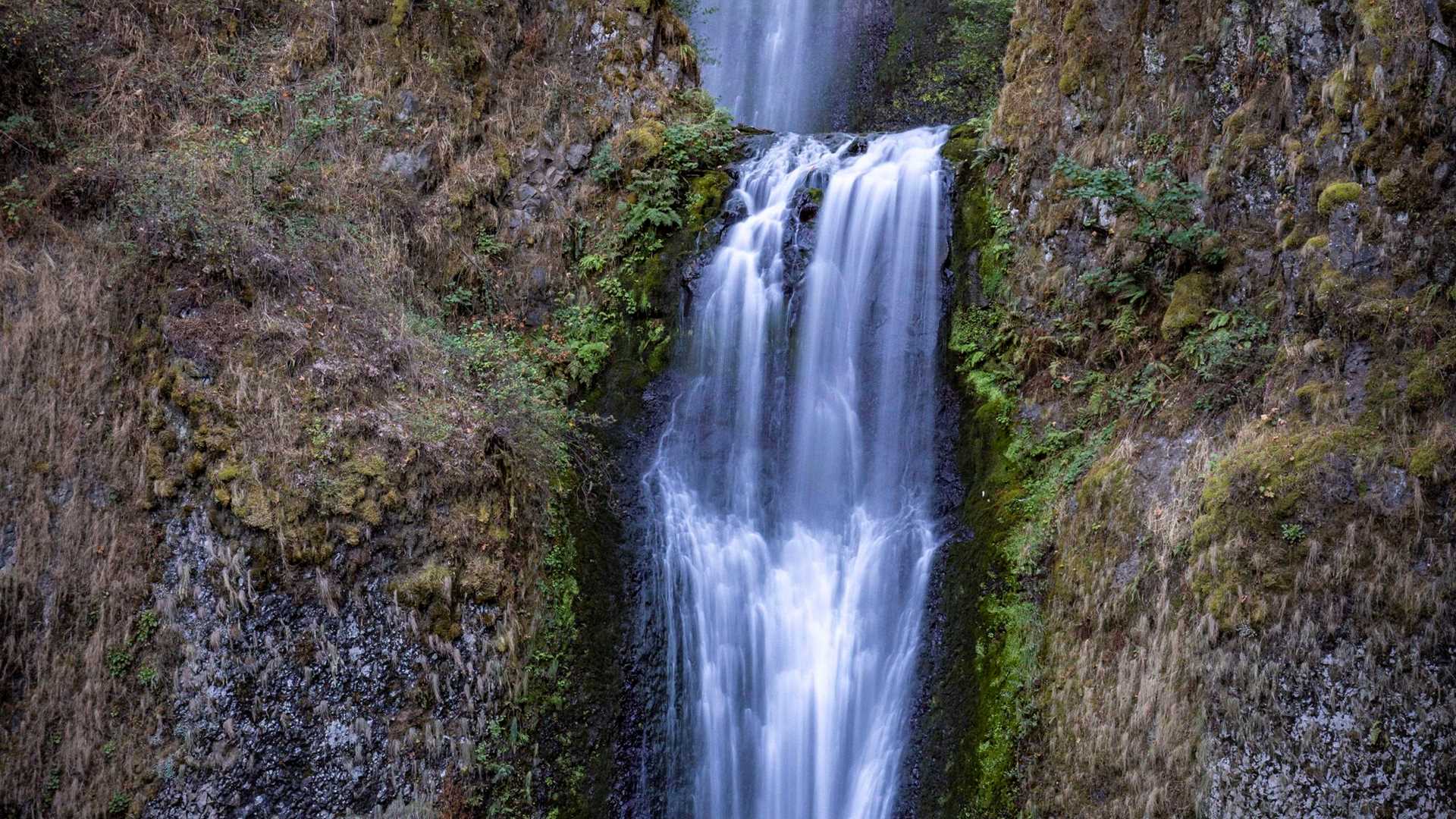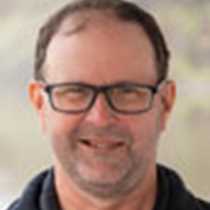Sailing up the Columbia River, a rising sun beamed across the waters, providing a powerful beacon as we entered the Bonneville Locks, marking the transition from a tidal Columbia River system to the freshwaters of the meticulously managed Columbia River Basin.
The first lock at Bonneville represented the beginning of National Geographic Sea Bird’s 748-foot vertical climb upriver to Lewiston, Idaho. Unfortunately, it also marks the end of wild salmon populations in the Columbia River system, a basin extensively developed to the point of the near extinction of several salmon species that are listed as endangered and threatened. William Clark noted on October 17, 1805, “the waters of this river is clear, and a salmon may be seen at the depth of 15 or 20 feet…,” a characteristic that is not observed today.
Guests viewed the great basin in awe from the towering basalt Beacon Rock, a volcanic plug jutting near 850-feet above the surface of the Columbia River, a landmark Clark noted as, “a remarkable high detached rock stands in a bottom on the stard side and about 800-feet high and 400 paces around.” The rock was first referred to as “Beaten Rock,” providing a remarkable insight into the Corps of Discovery state of mind at this point in their long journey west. Clark was remarkably accurate in his geographic descriptions. Our guests were equally impressed by their visits to Beacon Rock, Multnomah Falls, and Bonneville Fish Hatchery and Lock. Each illustrates a specific feature of the Columbia River Basin: Beacon Rock – power, Multnomah Falls – beauty, Bonneville Lock – water mastery, and Bonneville Fish Hatchery – humankind’s failure to master nature. Guests were moved yet disturbed by the falls and hatchery, as stories of success and failure were shared at the site.
After lunch at the Crag Rat Hut, hosted by America’s oldest mountain rescue organization, guests shifted gears. We traveled deep into Hood River’s Fruit Loop to visit a third generation, U-pick farm. We sampled locally produced ciders, pears, apples, jams, cherries, and peaches. A cadre of pygmy goats stole affection from everyone.
The Columbia River’s greatest strength is its diversity. The day ended with this in mind, as guests toured the Western Antique Airplane and Automobile Museum (WAAAM) in Hood River. A palace of anything mechanical that moves or flies, WAAAM embodies the concept of diversity, producing some of the oldest and most meticulously preserved and operational vehicles and airplanes in the United States.
The day would be incomplete without a stop in downtown Hood River with its cleverly named shops and cafes and the numerous breweries and pubs that dot the streets. Ending the day, guests were treated to a river cruise at sunset with cocktails and hors d'oeuvres, followed by dinner and an expert talk on raptors by engaging naturalist, Zoey Greenburg.
Photographers: Patrick MacQuarrie, River Historian; Linda Burback, Naturalist; Aaron Raymond, Certified Photo Instructor







